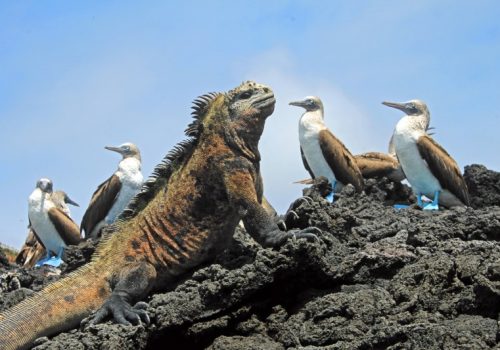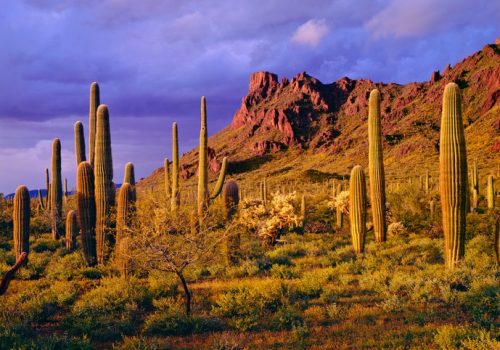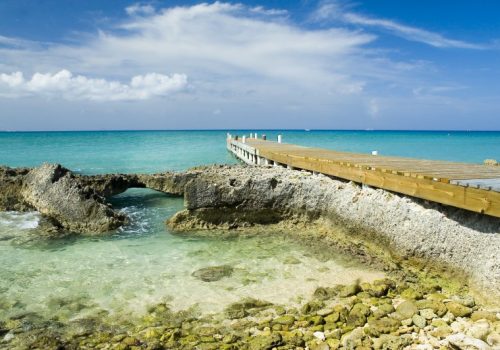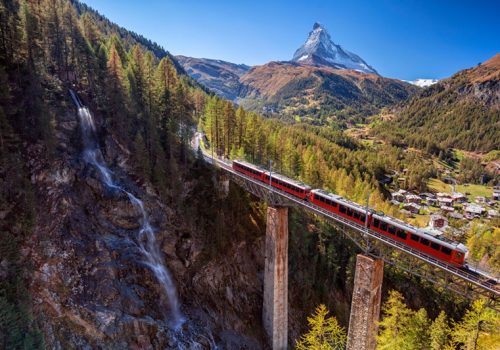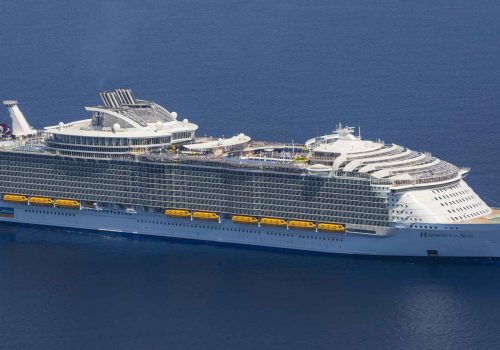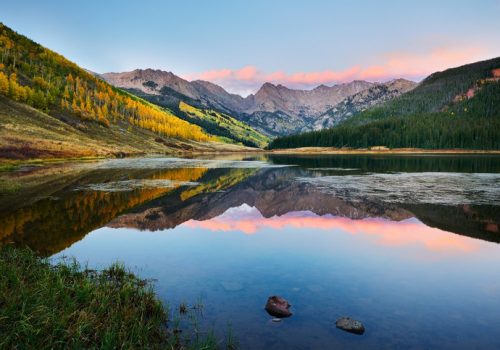CABO SAN LUCAS & SAN JOSE DEL CABO | 2 CITIES IN BAJA
The vacation destination we call “Cabo” is actually two cities connected by a 20-mile stretch of beachfront resorts and golf courses. Cabo San Lucas, at the southern tip of the Baja Peninsula, sits at the confluence of the Pacific Ocean and the Gulf of California. It’s literally at the land’s end. San Jose del Cabo, a little to the north and east, sits closer to the Sea of Cortez and faces the sunrise.
These two cities have different personalities and reputations. If San Jose del Cabo is the sophisticated older sibling, Cabo San Lucas is her wild younger sister. Which location suits your vacation style? Here are a few fun facts – and some generalizations – about the two Cabos.
San Jose del Cabo
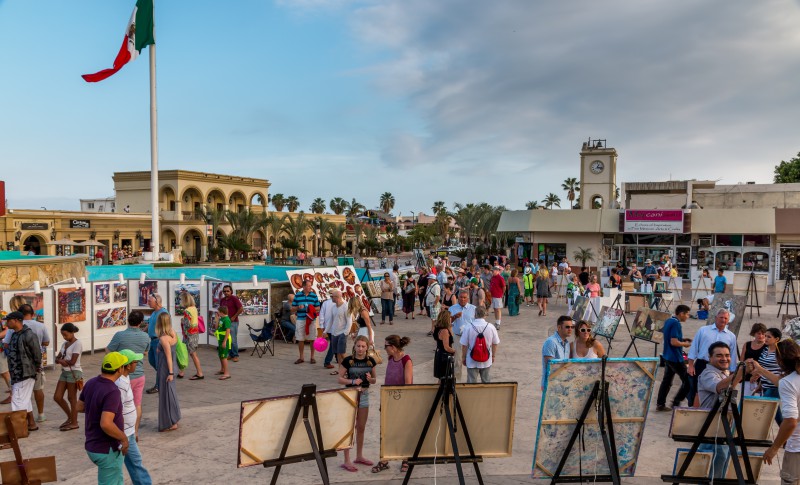
If you’re a fan of narrow cobblestone streets with little traffic, lined by small boutique hotels and second-hand stores, you will fall in love with San Jose del Cabo. It’s a quiet place of history, built around the mission church and its surrounding plaza. Built in 1799 and rebuilt in 1940, the church was the epicenter of colonial life here. The expansive plaza that surrounds it, the Plaza Mijares, still hosts free concerts and street performers along with galleries, shops and restaurants at its border.
On Thursday, the town hosts an art walk and opens its galleries to visitors. The favorite stop by far is the Frank Arnold Gallery, which is actually the artist’s home. An interesting and thoughtful man, he invites visitors to view and discuss the artwork on his walls and in his garden, and even offers tequila tastings.
If you are interested in more active pursuits, you can look to the Sea of Cortez for amazing water sports and nature sightings. This body of water is the world’s youngest sea, opening from north to south just 1.8 million years ago. The peninsula is still drifting away from the mainland, at a measurable pace of about six centimeters per year.
In these waters, you’ll find amazing sea life, thanks to the efforts of the Mexican government and several North American conservation groups. The Cabo Pulmo Marine Preserve, just north of San Jose del Cabo, offers snorkeling and diving on the only west coast coral reef in North America. You’ll see giant whale sharks, migrating whales, sea turtles, manta rays, reef sharks, moray eels and octopi through the remarkably clear water. Even more amazing, there are sandfalls under the water where sand slides over a ledge into a 1200-foot chasm.
The beaches in the area tend to be rocky and the waves are intense. If you’re looking for soft white sand and a calm, safe swimming area, head to Palmilla Beach. It is small and protected by a rock outcropping, and the city maintains ample parking as well as lifeguard service. In the other direction, south and west of the city, you can explore a desert landscape on camels or zip line down craggy bluffs at Canopy Costa Azul.
Cabo San Lucas
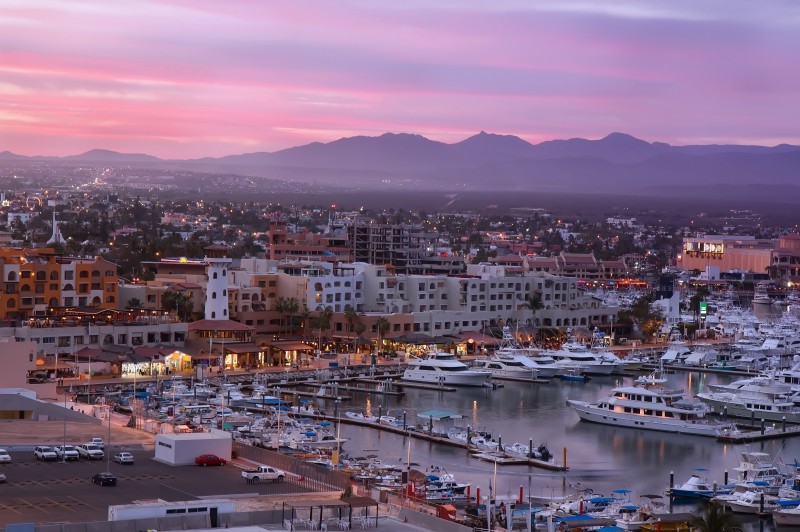
If all that sounds a little tame for your tastes, take a look at the wilder side of Cabo. The city of Cabo San Lucas has become a favorite destination for Mexican, American and Canadian tourists who flock to the golf courses, spas and resorts at “Land’s End.” Many of those tourists fell in love with the place and retired here, swelling the ranks of ex-patriots in the region.
In Cabo San Lucas, you will find a busy marina where pleasure boats will take you on sunset cruises, whale watching excursions and sport fishing adventures. Near the marina are lots of bars and nightclubs blaring live Latin music into the evening hours.
Daytime activities include parasailing and wind surfing. The landscape of dry desert mountains leading down to the water makes it ideal for wind surfers who know what they are doing. The wind can be wild as it swoops across the bay! Beaches are also popular here, but only a few are swimming beaches. The most popular is Lover’s Beach, which features a panoramic view of the iconic arch, El Arco – the natural stone arch that is the symbol of Los Cabos.
If you can’t decide which destination is for you, take a room in one of the resorts on the twenty-mile corridor between the two. You’ll have the advantages of both worlds, and “the best of times.”
 Travel blog
Travel blog

